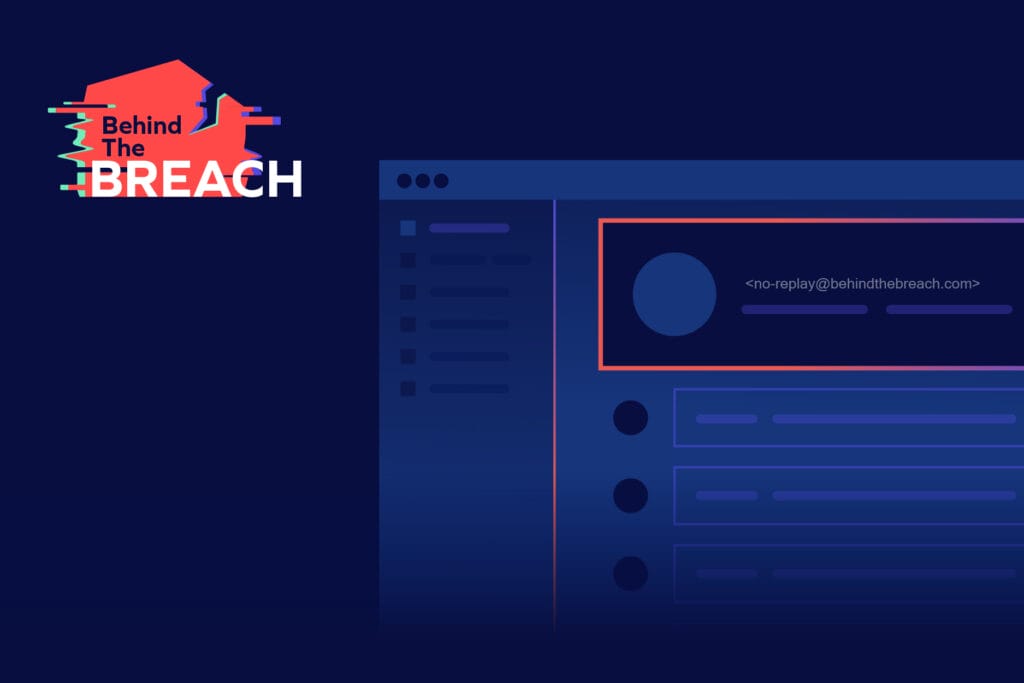In today’s dynamic business world, Enterprise Resource Planning (ERP) systems play a pivotal role, overseeing essential functions from customer data management to financial processes. Serving as a foundation of organization operations, ERP systems are not just assets but also prime targets for bad actors and fraudsters. Yet, despite the mounting awareness among executives about the looming cyber threats, many still underestimate the vulnerability of their ERP infrastructure.
Picture this: your ERP system, once thought impenetrable, suddenly falls victim to a cyberattack. The repercussions could be catastrophic, jeopardizing not just financial stability but also the trust of your stakeholders. So, how do these attacks happen? Cybercriminals employ a myriad of tactics, from exploiting software vulnerabilities to launching sophisticated phishing campaigns aimed at gaining unauthorized access. But fear not, for there are ways to fortify your defenses to reduce and even eliminate the risk of ERP attacks. In this post we explore the murky waters of ERP security, shedding light on the lurking dangers and providing insight into how you can strengthen your defenses with technology to safeguard your B2B payments and protect the heart of your organization from bad actors.
A Closer Look at ERP Attacks
Threat actors employ various tactics to compromise ERPs, including but not limited to:
- Phishing Attacks: By sending deceptive emails or messages, attackers trick employees into revealing login credentials or installing malware, providing unauthorized access to the ERP system. Once compromised, attackers receive unfettered access, which allows them to facilitate malicious activities and compromise sensitive data. Phishing attacks come in various forms, ranging from highly targeted spear-phishing campaigns tailored to specific individuals within organizations to indiscriminate mass-phishing endeavors targeting a wider audience. Regardless of their methodological complexity, the overarching objective remains consistent: to exploit human vulnerabilities and breach the digital defenses guarding critical organizational assets. In recent years, phishing attacks have evolved in sophistication, employing psychological manipulation and social engineering techniques to evade traditional cybersecurity measures. From impersonating trusted colleagues or superiors to fabricating urgent requests or enticing offers, attackers utilize a diverse array of strategies to deceive recipients and elicit desired responses, which in this case, includes illegal and unauthorized access to the ERP.
- Exploiting Vulnerabilities: Hackers often exploit weaknesses in ERP software or outdated security measures to gain unauthorized access. These vulnerabilities stem from various factors, such as unpatched software, misconfigured settings, or weak passwords. Hackers identify and capitalize on any loopholes or weaknesses in the system’s defenses, whether this includes gaps that weren’t addressed through software updates or misconfigured security settings that provides access to users than should be allowed. Easily guessable or commonly used passwords across multiple accounts offer hackers an easy way to bypass security measures and access sensitive data. Integrations with third-party applications or services can introduce risks if they are not properly secured or if the third-party software has its own vulnerabilities. Weak security in web interfaces or APIs used to interact with an ERP system can also provide avenues for attackers to exploit and gain access to sensitive company data.
- Insider Threats: Disgruntled employees or contractors with access to sensitive data may misuse their privileges for nefarious purposes. These insiders possess intimate knowledge of the ERP’s workings, enabling them to exploit vulnerabilities and commit various forms of fraud. For instance, they might tamper with financial records, manipulate data, or execute unauthorized transactions to divert funds. Additionally, insiders may engage in data exfiltration, pilfering sensitive information for personal gain. What makes insider threats particularly insidious is their adeptness at circumventing conventional security measures. By virtue of their authorized access to the ERP system, insiders can easily navigate through its defenses, executing cunning attacks with minimal risk of detection. Because they already have legitimate access to sensitive data and system functions, they can exploit this privilege to carry out their fraudulent activities without raising suspicion.
Once Breached, What Happens Next?
Once inside the ERP system, threat actors can execute various fraudulent activities, including:
- Unauthorized Transactions: Bad actors manipulate financial records within the ERP system to initiate unauthorized transactions or divert funds to fraudulent accounts.
- Falsifying Orders: Cyberattackers can tamper with order management modules and create fictitious orders or alter existing ones, so that the system processes illegitimate transactions.
- Data Theft: Threat actors extract sensitive customer information, payment details, or intellectual property from the ERP system, compromising data integrity and confidentiality.
Fighting Back with Tech
There are various protections that companies can put in place to better detect, defend against, and recover from ERP cyberattacks. It goes without saying that employee training and educating staff about cybersecurity best practices is a given. It’s important to remind the team how to identify phishing attempts, create strong passwords, and recognize suspicious activities within the ERP system that could suggest a breach. Similarly, all companies should conduct routine audits to identify and address vulnerabilities in ERP software, network infrastructure, and access controls. Generally, businesses should ensure that security best practices are in place and that patches and updates are applied to mitigate potential risks.
But the most reliable way to ensure full security of your ERP and avoid cyberattacks and fraud is by having an AI-powered platform in place that can analyze, monitor and track user access and activity and flag user behaviors that suggest something is off. Here’s how Trustmi does this. Our system layers easily on top of all the systems involved in the business payment process, which means we also integrate with an organization’s ERP system. Our platform is built to enforce controls, which it does in many ways. First, the platform monitors who has access to the ERP and their level of access. Not everyone with access to the ERP should be able to make changes to sensitive vendor data. We can see this and monitor all users’ activities. Let’s take the example of an insidious insider that decides to manipulate the payment process to divert funds to their personal account that should go to a certain vendor. If the user isn’t supposed to have access to the ERP or the level of access that allows them to change vendor information, our platform will see this and raise a flag, or better yet, our platform will enforce protocols and controls and limit that user’s access, preventing them from making the change in the first place. But what if this individual is allowed access inside the ERP to make changes to the vendor’s information? Trustmi’s platform can see their activity and monitor what they do after they login. Following this example, let’s say an insider changes the bank account information of a vendor after they submitted an invoice and then changes the bank account number back after the organization released the funds to the fraudulent account. This type of action within the ERP would normally fly under the radar and go undetected. However, our system would see this change and note that there was no request from the vendor to update their bank account information and yet the insider made the change anyway. This incongruity would signal that something is amiss. The platform can then flag and stop the payment from going through and make sure that the bank account change is reviewed.
Here’s another use case: what if someone circumvents the usual protocol for paying a given vendor? Because we establish a baseline for each individual vendor working with an organization, we know exactly how payment to that vendor should work. If someone maneuvers around the standard operating procedures, Trustmi’s platform will see that action and will enforce the controls to ensure compliance and will send out an alert. A great example of this is if an individual (internal or external) violates the segregation of duties within the ERP, or they override protocols or rules to make unauthorized changes. Again, our platform will detect these activities and can stop the payment before it goes through the approval process, thereby preventing funds from being released to the bad actor.
We often discuss how our system connects the dots across all the systems and steps and teams involved in the B2B payment workflow. This provides another layer of protection to catch and prevent ERP attacks. Our platform leverages advanced analytics and machine learning algorithms to analyze data from various sources, including emails and various databases and systems in addition to the ERP. Having this comprehensive view of the process means our platform can take a proactive approach to detecting anomalies to prevent attacks, even if the initial breach occurred before any changes were made within the ERP itself.
Safeguarding ERP systems from cyber threats demands a multifaceted approach that addresses the evolving tactics of cybercriminals. While awareness and proactive security measures are essential, leveraging advanced technologies can significantly enhance defense mechanisms. Our holistic solution uniquely combines data from ERP systems, emails, and other sources. By analyzing vast amounts of data and detecting anomalies in real-time, Trustmi empowers businesses to identify and prevent potential ERP attacks before they can wreak havoc on the organization’s bottom line. This comprehensive approach not only mitigates risks but also ensures the resilience of ERP systems in the face of emerging cyberthreats.





